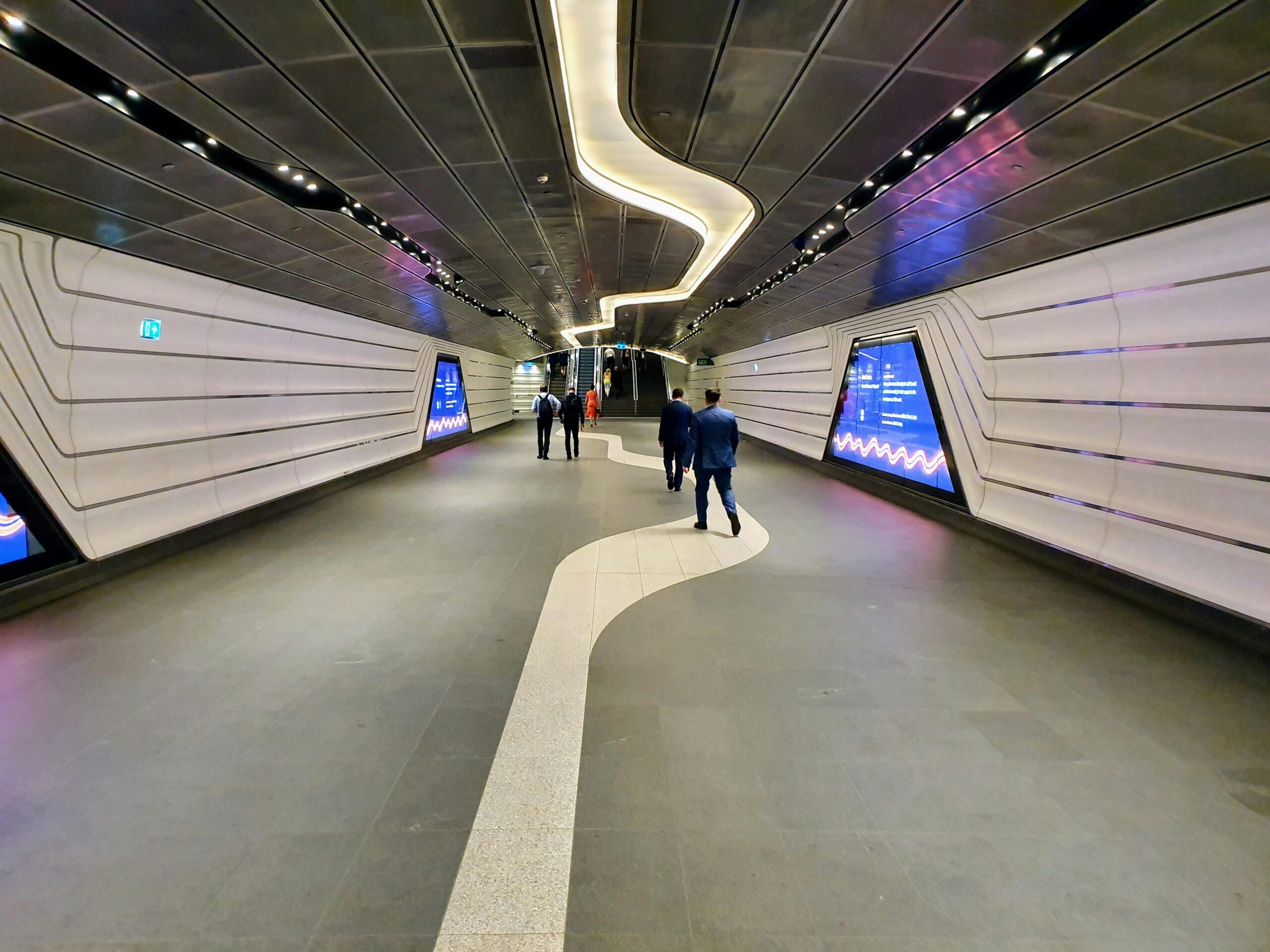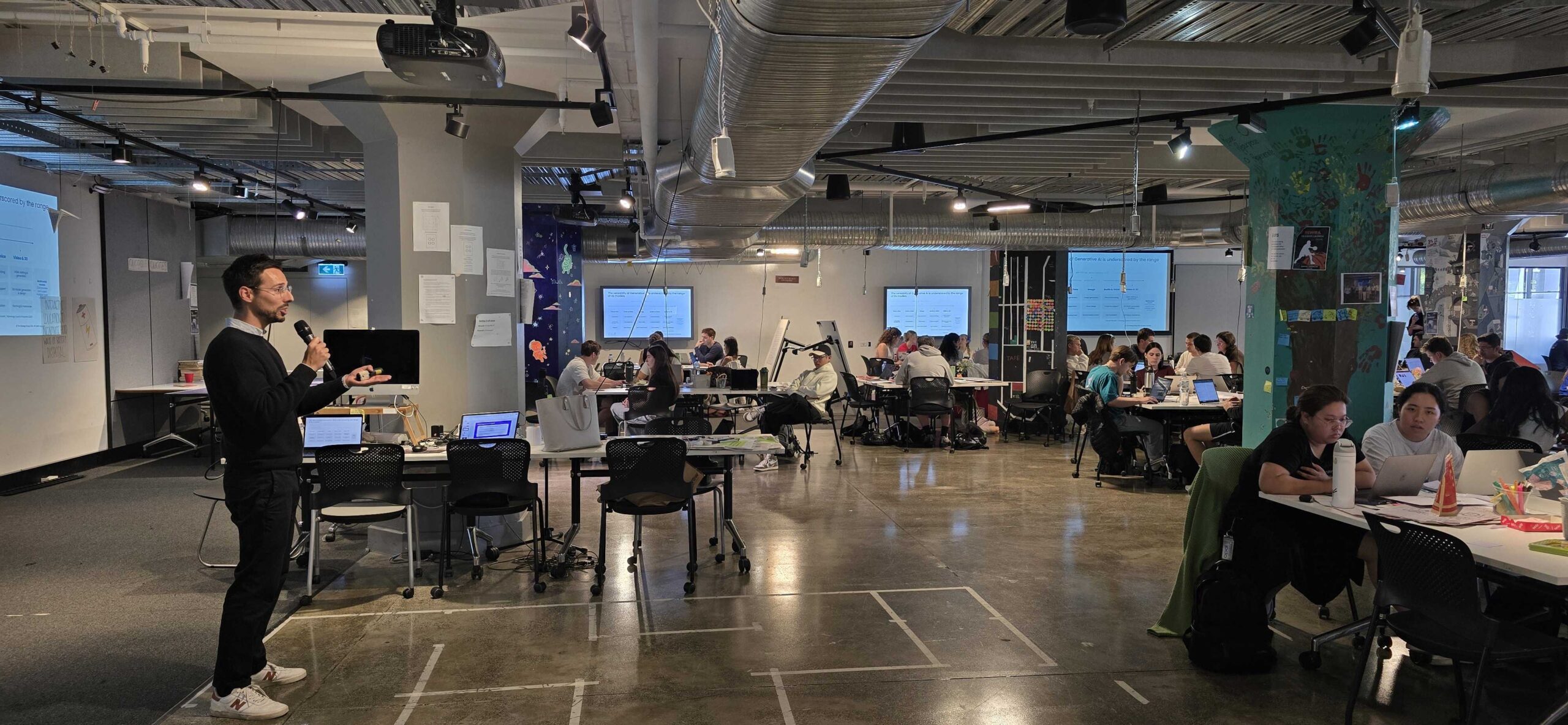In the rapidly evolving landscape of the aged care sector, one persistent issue remains at the forefront of our collective concerns: loneliness among the elderly. This multifaceted problem not only affects the emotional well-being of our seniors but also has significant implications for their physical health. As a business consultant specialising in human-centred design within Australia’s aged care industry, I’ve observed firsthand the pervasive nature of this issue. In this article, we’ll explore the dimensions of loneliness among the elderly, examine the evidence underlining its effects, and discuss innovative solutions that leverage technology and human-centred design to foster meaningful connections.
Understanding the Problem
Loneliness, as experienced by the elderly, is not merely the absence of companionship. It’s a complex emotional state that arises from perceived isolation, a mismatch between desired and actual social relationships. This condition is particularly acute among residents of aged care facilities, where the transition from a previously independent life to one within a managed care environment can intensify feelings of disconnection and solitude.
The Impact of Loneliness: A Closer Look at the Studies
Research underscores the profound impact loneliness has on the elderly. A study published in the Journal of Psychology revealed that loneliness can lead to an increased risk of dementia, depression, and even premature mortality. Another seminal work, featured in the American Journal of Geriatric Psychiatry, found that social isolation among the elderly is associated with a 50% increase in the risk of developing dementia.
Furthermore, loneliness doesn’t just affect mental health; it has tangible physical health repercussions. The British Journal of Medical Practice reported that isolated individuals have a higher propensity for heart disease, high blood pressure, and weakened immune systems. These studies collectively highlight the urgency of addressing loneliness as a critical component of elderly care.
Leveraging Technology and Human-Centred Design
The intersection of technology and human-centred design offers a promising frontier for mitigating loneliness among the elderly. By prioritising the needs, preferences, and emotions of our seniors, we can develop solutions that not only connect but also enrich their lives. Here are a few ways in which technology and design are making strides:
Virtual Reality (VR) Experiences
Virtual reality technology can transport residents to different worlds, enabling them to relive cherished memories or explore new places. This immersive experience not only combats loneliness by providing a sense of escapade but also stimulates cognitive functions and encourages social interaction over shared experiences.
Digital Platforms for Social Connection
Custom-designed social platforms tailored for the elderly can facilitate easier communication with family and friends, fostering a sense of belonging and community. These platforms can include features like simplified interfaces and voice commands to accommodate users with varying degrees of technological proficiency.
Intelligent Personal Assistants
Voice-activated assistants, designed with a deep understanding of elderly users’ needs, can provide companionship and practical assistance. These AI-driven companions can engage in conversation, remind users about medications, and even monitor health indicators, offering a blend of social interaction and care support.
Inclusive Design in Tech Development
Incorporating human-centred design principles in the development of technology ensures that products are accessible, intuitive, and genuinely beneficial for the elderly. This approach involves understanding the unique challenges and limitations of aged care residents, from diminished vision and hearing to reduced fine motor skills, and designing solutions that are not only usable but also enjoyable for them.
Conclusion
Tackling loneliness in the aged care sector requires a multifaceted approach, blending empathy, innovation, and a deep commitment to understanding the needs of the elderly. By harnessing technology and human-centred design, we can create meaningful interventions that offer companionship, joy, and a sense of belonging. As we move forward, let us remain dedicated to transforming the aged care landscape into one that nurtures the social and emotional well-being of our seniors, ensuring they lead fulfilling lives surrounded by care, respect, and community.
In embracing these solutions, we not only address the immediate challenges of loneliness but also pave the way for a future where technology and human-centric design work in harmony to uplift the lives of the elderly. Let’s commit to a path of innovation, compassion, and inclusivity, ensuring that our aged care sector is equipped to offer a nurturing and connected environment for all residents.












